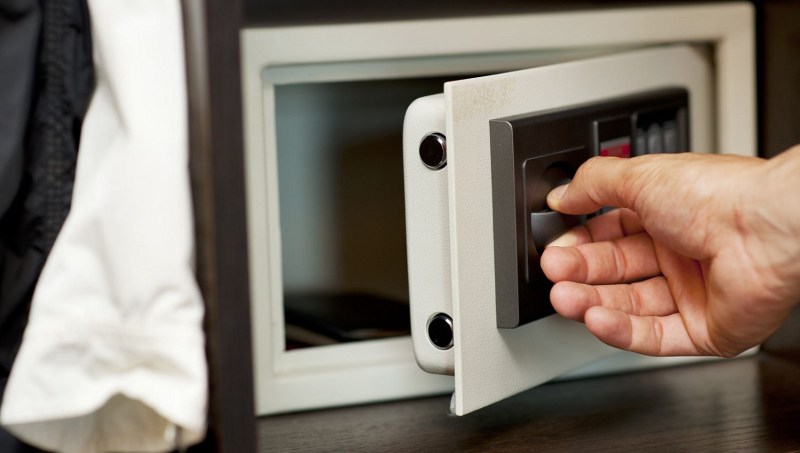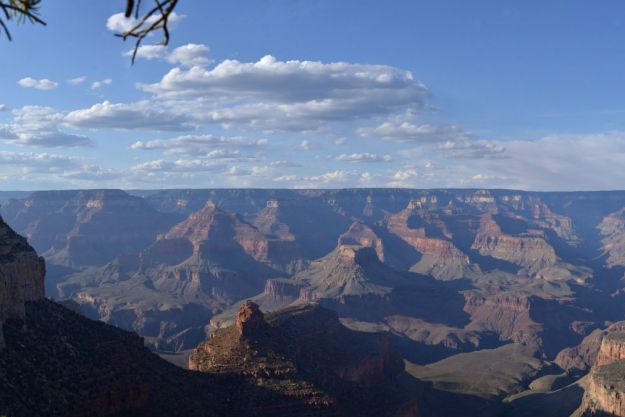
As early as 2012, sites like Lifehacker began posting how-to’s for cracking basic electronic safes. This bouncing technique evidently works on cheaper, entry-level safes that aren’t bolted down. Thankfully, these days, most mid-range to luxury hotels ensure their in-room safes are secured to the wall or a sturdy piece of furniture. Another simple technique involves guessing the factory master code (often “000000”) that hotel staff can use to open safes when guests have forgotten their own personal code. If the default override code is never changed during initial installation, this creates a huge security loophole.
Security expert Jim Stickley revealed another simple method of cracking a Registry brand safe in this four-minute tutorial:
It requires only a paper clip, a Torx screwdriver (available at any hardware store), and less than a minute once you’ve perfected the technique. The worst part is would-be thieves can crack your safe, steal the valuables, and relock it without leaving any trace that it was ever opened. For guests who aren’t checking their safe daily, it could be days before they realize they’ve been robbed.
The short list of safe manufacturers coupled with the ubiquity of online cracking videos has left travelers extremely vulnerable. Once a brand-specific crack is discovered and shared, it’s likely that all of that brand’s safes will become easy targets.
The best option is to never rely on your in-room hotel safe in the first place. One alternative is to leave your valuables with reception in the hotel’s general lockbox. Be sure to take a written receipt that details what you’re leaving behind. In our opinion, the better option is to invest in a portable travel “locker” like those offered by Pacsafe. The company’s Travelsafe line is available in 5L or 12L options — ideal for smaller valuables like passports and wallets — or their larger Bag Protectors can wrap around an entire backpack or suitcase. The device is then secured to any permanent fixture in your hotel room (e.g. plumbing or a sturdy bed frame) via a high-tensile, slash-proof stainless steel webbing.
It’s worth noting that most insurance companies only offer protection for valuables stored in the provided in-room safe. Because most modern safes log all open/close activity, they accurately track which guests choose to use the safe. The bottom line is that it’s better to use the safe than not (if that is indeed your only option) if only to protect yourself for insurance purposes.


